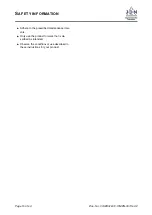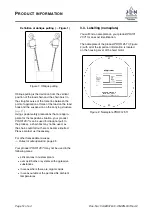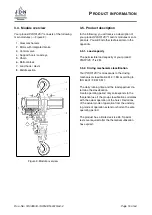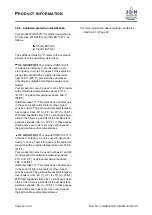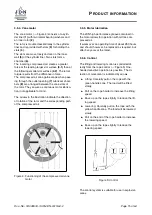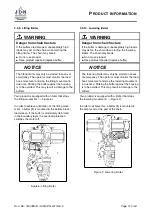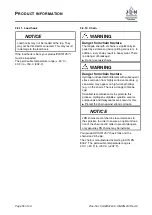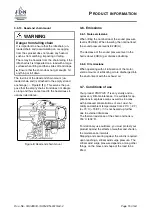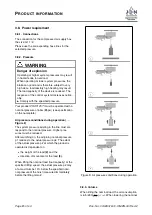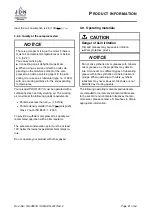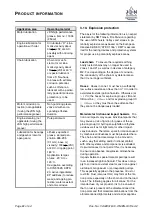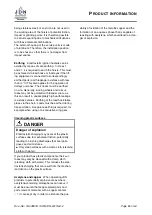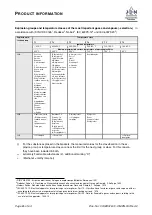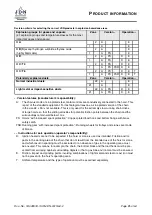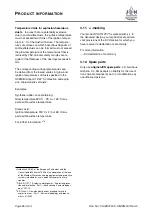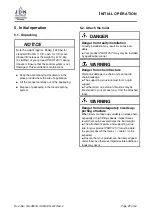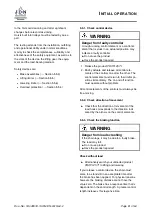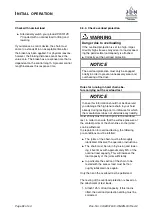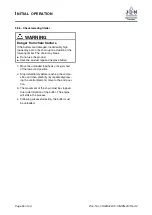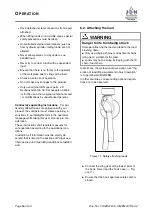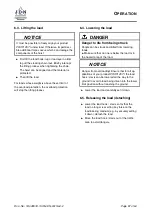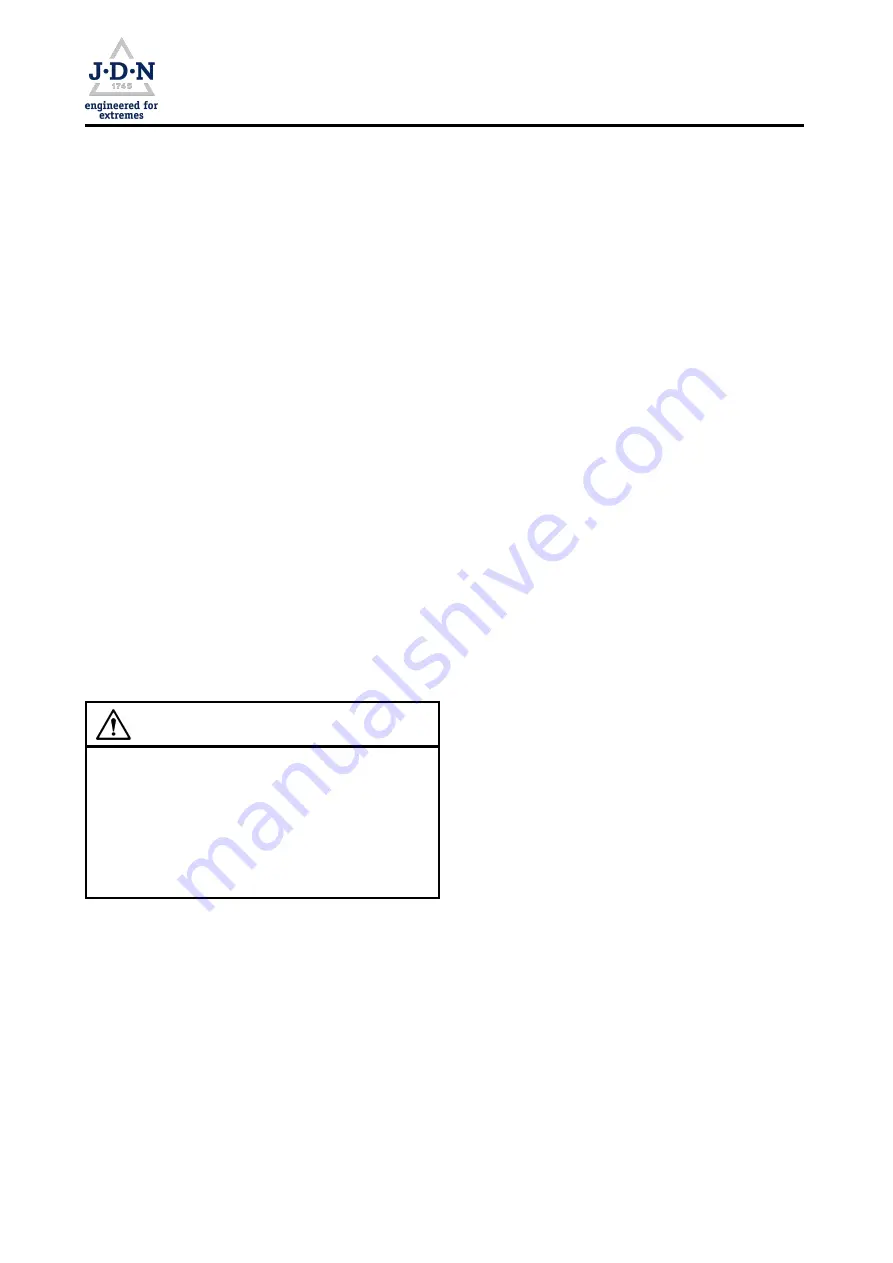
P
RODUCT INFORMATION
being stainless steel) or cast iron are not used in
the working area of the hoists at potential friction,
impact or grinding points. It is therefore possible
to exclude sparking due to mechanical influences
with these material combinations.
The external housing of the service units is made
of aluminium. Therefore, the installation position
is to be chosen so that there is no danger from
impact sparks.
Earthing
Electrostatic ignition hazards can be
avoided by means of safe earthing. In zones 1
and 21, it is required to earth the hoists. This must
be achieved via load hooks or load eyes if the lift-
ing equipment is connected to correspondingly
earthed parts (earth leakage resistance with less
than
10
6
Ω
) This also applies for the operation of
trolleys or cranes. Their tracks must be earthed
on site. Generally, running wheels and rail sur-
faces may not be painted with lacquer coats, as
this can result in unacceptably high earth leakage
resistance values. Earthing of the load hook takes
place via the chain. Loads must be earthed during
transportation. A separate earthing is required, for
example when using non-conductive sling gear.
Cleaning plastic surfaces
DANGER
Danger of explosion
Electrostatic charging may occur at the plastic
surfaces due to mechanical friction, potentially
leading to brushing discharges that can ignite
gases and air mixtures.
I
Only clean surfaces with a damp cloth (cleaning
cloth with water).
If your product has plastic components, their sur-
faces may only be cleaned with a damp cloth
(cleaning cloth with water). This reduces the elec-
trostatic charging that can result from the mechan-
ical friction on the plastic surface.
Acetylene and copper
When operating JDN
products in potentially explosive areas where
acetylene-containing atmospheres can occur, it
must be ensured that copper-plated parts and
parts made of materials with a copper content
>
70%
are kept dry in order to eliminate the pos-
sibility of oxidation of the metallic copper and the
formation of an aqueous phase that is capable of
reacting with acetylene, which could lead to a dan-
ger of explosion.
Doc.-No.: VA049318-10-OM-EN-0319-64-2
Page
23
of 64


